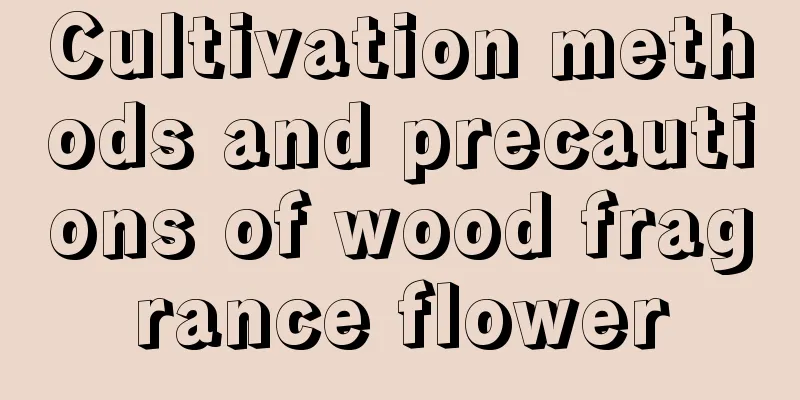Cultivation methods and precautions of wood fragrance flower

How to grow wood fragrance flowersPot soil selectionFor potted osmanthus, you need to choose a larger flowerpot and use suitable soil. Osmanthus likes loose, breathable, relatively fertile and well-drained soil. Applying some base fertilizer can increase the fertility of the soil. Light and temperatureOsmanthus prefers a growing environment with plenty of sunlight, can tolerate partial shade, likes warmth, can tolerate cold but avoids heat. To grow osmanthus flowers, it is necessary to ensure a suitable temperature. In the high summer temperatures, cooling measures can be taken. In the low winter temperatures, they can be placed indoors to avoid frostbite. It should be noted that the osmanthus flower is afraid of direct sunlight during the seedling stage and needs to be shaded. Watering and fertilizingThe woodruff likes a humid growing environment. The soil needs to be kept moist during the growing period, but water cannot accumulate. Generally, water thoroughly when the soil is dry, and pay attention to maintaining air humidity. In addition to applying enough base fertilizer, you also need to ensure sufficient nutrients during daily maintenance. You can apply decomposed, thin liquid fertilizer every 20 to 30 days. Be careful not to apply too much nitrogen fertilizer to avoid excessive growth and few flowers. Precautions for the cultivation of wood fragrance flowerspruneOsmanthus fragrans is usually pruned in late summer or after flowering, but can also be pruned in winter. Cut off the overgrown branches, dead branches and diseased branches of the osmanthus flower. After the flowers fade, you can cut off the remaining flowers and some branches. Strong new branches can be grown to produce more flowers next year. Note: do not cut too hard when pruning. Cutting off too many flower buds will reduce flowering. Pests and diseasesThe main disease of woodruff is root rot, which is mostly caused by water accumulation in the pot. The main pests are aphids and scale insects, which need to be discovered early and preventive measures taken. ReproductionThe main methods of propagation of woodruff are cuttings and layering, which are relatively simple. |
<<: How to grow a potted ginkgo tree
>>: A complete monthly calendar for the care of indoor foliage plants
Recommend
How to plant Oxalis bulbs
When to plant Oxalis bulbs When planting Oxalis b...
How to grow rubber trees so that their leaves are bigger, greener and more shiny (how to make rubber trees grow strong and lush)
Understand the characteristics of rubber tree gro...
How to grow Foxtail Asparagus, maintenance knowledge
1. Adequate sunlight Foxtail Asparagus likes an e...
When is the best time to plant sunflower seeds?
Sunflower seed planting time Sunflower is an annu...
Planting methods and techniques of fortune tree
The money tree is a perennial evergreen small tre...
How to prune lucky bamboo if it is too tall
1. Pruning method When lucky bamboo grows too tal...
What to do if the leaves of potted chrysanthemums fall off
Reasons for the leaves of potted chrysanthemums t...
Is a tomato a fruit or a vegetable?
Are tomatoes fruits or vegetables? Tomatoes can b...
Is Ivy Poisonous?
toxicity Whether it is poisonous or not depends o...
Dutch chrysanthemum pictures
Beautiful pictures of Dutch chrysanthemums Lookin...
What are the cultivation methods and precautions of three-leaf plum
Introduction of Trifoliate Plum Three-leafed plum...
Are lucky bamboo and fortune bamboo the same? Pictures of lucky bamboo and fortune bamboo
1. Are they the same? Money bamboo and lucky bamb...
Common diseases and prevention of angelica
Common diseases of angelica The main disease of t...
The Difference Between Kale and Purple Cabbage
1. Difference of blades Kale leaves come in a var...
Do lemon potted plants have fragrance? How to grow lemon seeds in small potted plants
1. Do lemon potted plants have fragrance? It does...









